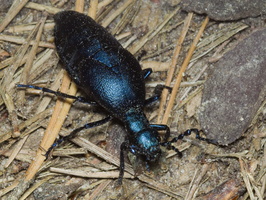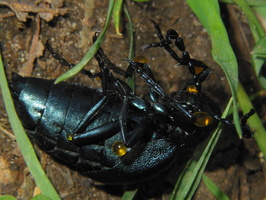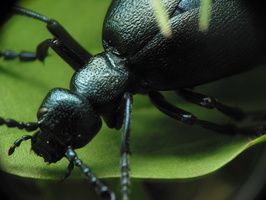- sort orderDefault
Photo title, A → Z
Photo title, Z → A
✔ Date created, new → old
Date created, old → new
Date posted, new → old
Date posted, old → new
Visits, high → low
Random
 home / Insecta · vabzdžiai / Coleoptera · vabalai / Meloidae · skaudvabaliai / Meloe violaceus · violetinis gegužvabalis
home / Insecta · vabzdžiai / Coleoptera · vabalai / Meloidae · skaudvabaliai / Meloe violaceus · violetinis gegužvabalis

Meloe violaceus · violetinis gegužvabalis
EN · violet oil beetle
DE · Violette Ölkäfer, Blaue Maiwurm
LV · zilā eļļasvabole
PL · oleica fioletowa
- Meloe violaceus mating - from 0:50s you may see what male antennae kinks are used for.
- en.wikipedia.org/wiki/Meloe_violaceus
- ukbeetles.co.uk/meloe-violaceus











